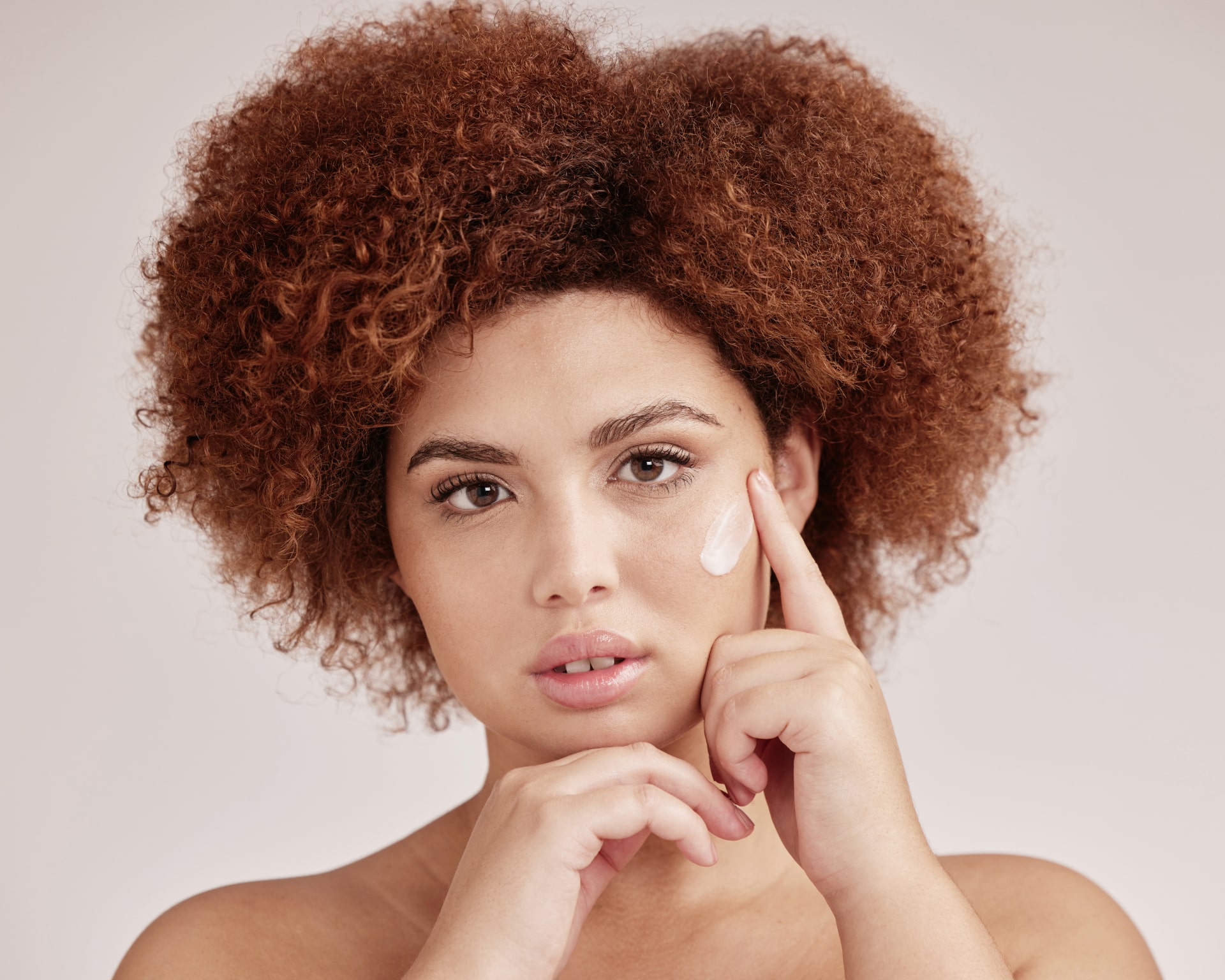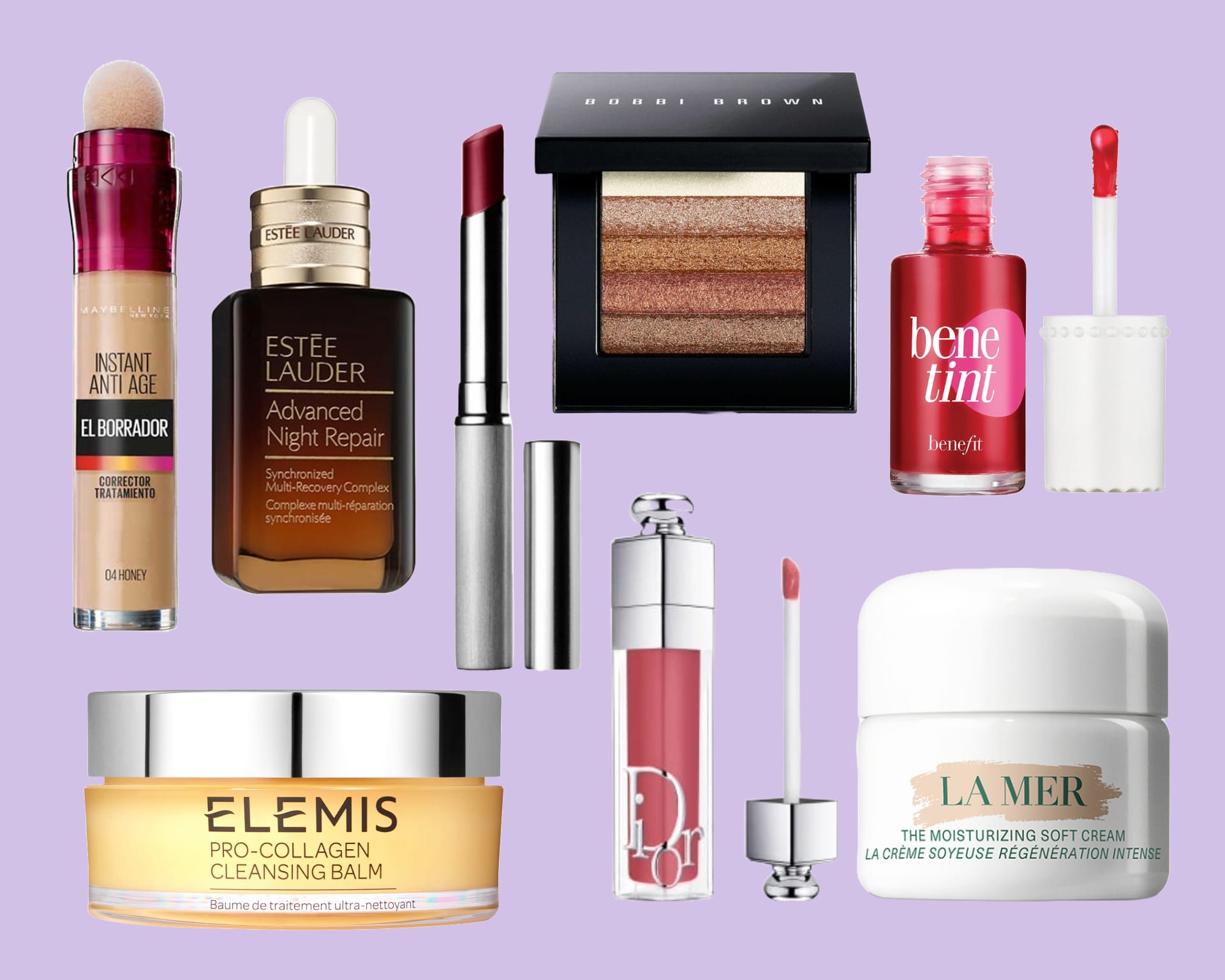Myth: The sun is what has caused my hyperpigmentation
Dr Nomphelo Gantsho – aka The Cape Skin Doctor – says: There are a number of causes of hyperpigmentation, the major one being sun exposure. The sun triggers the production of melanin, and things like hormonal fluctuations, inflammation of the skin and certain diseases can also play a role. But there are various types of hyper-pigmentation and they can all be triggered by slightly different things:
Post-inflammatory hyperpigmentation (PIH): due to trauma or inflammation on the skin; when it heals it leaves the discolouration behind. One of the most common causes of PIH is acne.
Solar lentigines or sunspots: due to chronic sun exposure, usually present as small, round,
brown spots seen on sun-exposed areas.
Medication: hyper-pigmentation is also a side effect of certain hormone treatments, chemotherapy drugs, antibiotics, antimalarials and anti-seizure drugs.
Diseases: Addison’s disease can affect the skin and cause hyper-pigmentation. This disease is a disorder that occurs when your body produces insufficient amounts of certain hormones
produced by your adrenal glands. Adrenal glands produce too little cortisol and often insufficient levels of aldosterone as well.
Melasma: often referred to as “mask of pregnancy”, melasma is triggered by hormonal factors including pregnancy and the oral contraceptive pill. You’ll notice brown or greyish irregular patches mainly on your face.
Verdict: Busted
Myth: Melasma is the most common form of hyperpigmentation women experience
Dr Gantsho says: Melasma is common as it’s due to hormonal changes in women, specifically during pregnancy, but post-inflammatory hyper-pigmentation is a common condition too.
Post-inflammatory hyperpigmentation can occur due to irritation from using the wrong skincare products, which leads to skin irritation and inflammation that heals with hyper-pigmentation. It can also be due to the popping of acne lesions. When you do pop your pimple, it increases inflammation and that inflammation triggers melanin production and heals the area with post-inflammatory hyper-pigmentation.
Verdict: Kinda True
Myth: My oral contraceptive is causing hyperpigmentation
Dr Gantsho says: Melasma occurs due to hormones and internal hormonal changes, as seen in pregnancy or when you take external hormones like birth control pills. Elevated levels of oestrogen in the body increase pigment production and hormonal birth control works by increasing the levels of oestrogen in the body. That’s why melasma is commonly seen in pregnant women and women on oral contraceptives.
Verdict: True
Myth: I need to be cautious about using azelaic acid to treat my melasma
Dr Gantsho says: Azelaic acid is an organic acid found in grains, like barley and rye. It has anti-inflammatory properties and can suppress melanin production in the skin. While azelaic acid can be found in prescription-strength creams and gels, it is gentler than some other acids. There are also lower-grade options available in over-the-counter serums and creams. It can be applied daily at a concentration of 20% to help with hyper-pigmentation. It’s also safe to use during pregnancy, which makes it a great option as many women experience melasma during their pregnancy due to hormonal changes.
Verdict: Busted

Myth: My computer and phone screens are triggering my hyperpigmentation
Dr Gantsho says: Computer, phone and television screens are the main sources of blue light.
Blue light has been contributed to photo-ageing and hyperpigmentation. Exposure to blue
light stimulates the production of free radicals in your skin, which can accelerate the appearance of ageing and even cause more pigment, redness and swelling. Blue light penetrates the skin, reactive oxygen species are generated and this leads to DNA damage, causing inflammation and the breakdown of healthy collagen and elastin. Blue light damage can be prevented with the use of antioxidants and sunscreen, these products also help protect against blue-light damage
Verdict: True
Myth: Chemical peels are the best professional treatment to treat my hyperpigmentation
Dr Gantsho says: Chemical peels are efficient in treating skin conditions because they improve the clinical appearance of skin. There are different types of chemical peels indicated for different skin conditions. A chemical peel can reduce the appearance of hyper-pigmentation, acne, scarring, rosacea, wrinkles and sun damage. Other effective treatments for hyper-pigmentation include micro-needling and laser. Be careful of “traditional remedies” and “miracle” quick fixes that actually do more harm than good.
Verdict: Kinda True
Myth: If I’m using a high-factor SPF, I don’t really need to worry about iron oxide
Dr Gantsho says: Two trusted clinical trials to date have shown sunscreens with iron oxide to be significantly more efficient in treating and preventing melasma than classical UV sunscreens containing only titanium dioxide, zinc oxide or other chemical filters that do not protect against visible light. Traditional chemical and physical sunscreens provide defence against UV light, but do not normally protect against visible light. The addition of iron oxide to physical sunscreen provides greater photoprotection than either zinc oxide or titanium dioxide can alone. Iron oxide can be added to physical sunscreens to increase absorption and protection against visible light and UVA radiation. Iron oxide is effective at absorbing visible light and it’s effective at protecting against UVA light. When combined with zinc oxide, iron oxide works synergistically to reduce the amount of UVA radiation transmitted to the skin to as little as 1.5%.




